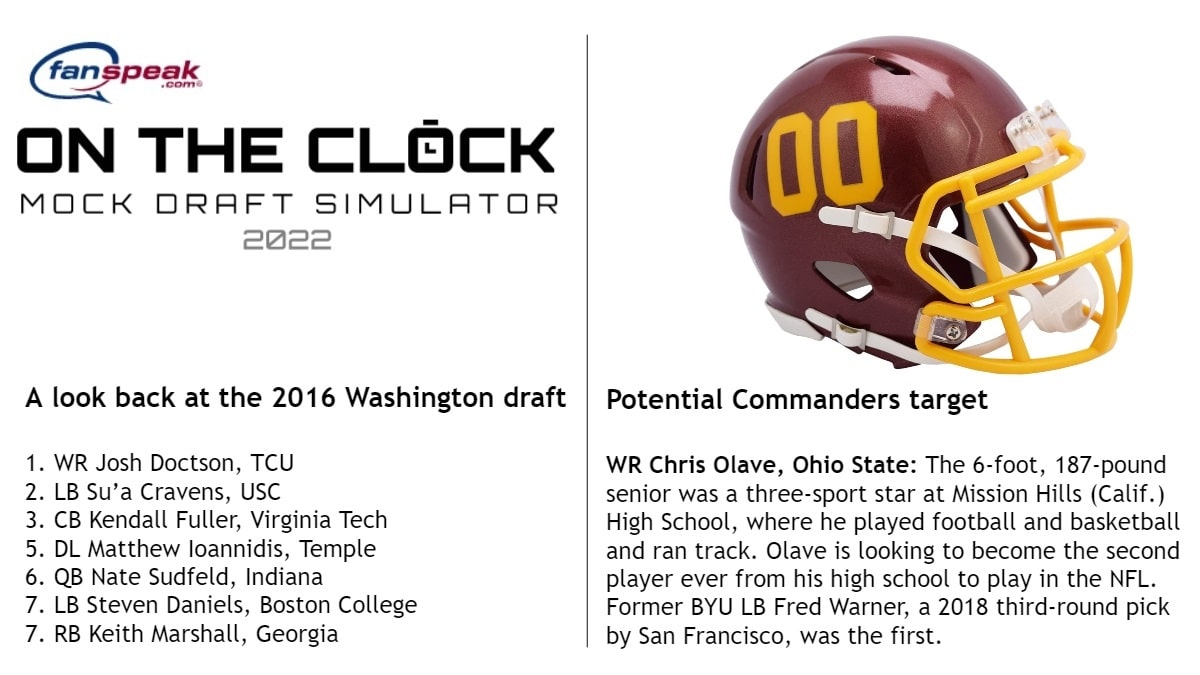How can the Redskins keep all of their receivers happy?
One issue facing the Redskins this season, is how to spread the ball around effectively given their sheer number of weapons. Now this is without a doubt a good “problem” to have, because it signals the fact that there isn’t a drop off behind the starters or the top guys. Gone are the days where guys like Roydell Williams, Anthony Armstrong, Todd Yoder and others represented the 3rd and 4th receivers or 2nd TE. While in many ways it is very much a positive it can also lead to problems with ensuring everyone is getting the ball enough and getting enough playing time. It’s just from an ego perspective of the particular player, but from the perspective of the team’s allotment of resources. The Redskins spent a certain amount of cap dollars or draft picks on these positions and they can only return value to the Redskins if they are actually utilized.
The Redskins have spent somewhat significant money ($2 million or more average), or draft picks (4th round or higher) on four receivers (Pierre Garcon, Joshua Morgan, Santana Moss, Leonard Hankerson) and three tight ends (Fred Davis, Logan Paulsen, and Jordan Reed). And that doesn’t include getting targets to their running backs (which includes former 4th rounder and likely 3rd down back Roy Helu Jr. and FB Darrel Young) or deep threat receiver Aldrick Robinson, who say four of his 11 catches go for 20 plus yards, or conversion TE project Niles Paul who saw five of his eight catches go for 20 plus yards.
Here’s how the Redskins broke down their targets last season (numbers from ESPN) :
Part I: BackGround | Part II: 2013 Target Projection
Wide Receivers (this includes Brandon Banks): 290 out of 442 = 65.6%
Tight Ends: 86 out of 442 = 19.4%
Running backs and Fullbacks: 55 out of 442 = 12.4%
Quarterback : 1 out of 442 = 0.2%
Throws not targeted: 10 out of 442 = 2.2%
Now with any luck the Redskins will scrap any ideas of throwing the ball to Griffin this year, so hopefully that won’t be a category going forward. There will always be a percentage of throws (throw aways, batted passes etc.) that aren’t targeted 2.2% seems on the lower end, but it will probably never be more than 4-5%. The real shock is of course how big the percentage is for wide receivers and consequently how small the percentage is for the tight ends and running backs. Tight ends you would probably expect to be more like in the 22-27%. Running backs and fullbacks typically have a wider range (that is really somewhat dependent on whether or not a team uses a fullback) 12.4% is still very low and typically you see see teams more in the 15-21% range. There are definitely some other outliers around the league, but typically those are teams who utilize a TE or WR in that fullback role, something the Redskins do not.
Now it was somewhat understandable why the Redskins targets among tight ends and running backs suffered last year, given the injuries to Fred Davis and Roy Helu Jr. guys who combined for 147 targets in 2011. Now that was out of 591 targets that season, but Davis missed the final four games with a suspension, and Helu missed some time with injury and wasn’t given as much playing time early since he was a rookie. Had they both been healthy last year, their numbers and those for their respective positions would have surely gone up. How much they would have improved is very much up for debate, especially considering that Fred Davis’s highest target games were those without top wide receiver Pierre Garcon.
Now on some other teams the percentage isn’t as important, given that the actual number of targets are what are important. On a team like the Patriots, Broncos, Saints etc. that are throwing the ball 575-700 times the percentage may be small, but the number of targets is actually much bigger. For instance the Broncos running backs and fullbacks combined for 86 targets out of 588 total. That is just 14.6% of the total passes, yet 31 more targets than what Washington did. The Dallas Cowboys backs had double the targets at 110, but it was just 16.7% of the total targets. The Redskins were 30th in the league in pass attempts last year, and while they might improve some, they aren’t going to start throwing the ball 35-40 times a game. While some may want to see the Redskins throwing that often, that just isn’t their game or Mike Shanahan’s. In fact the Redskins were just 2-3 when they had to throw the ball even 30 times last year. We may see the attempts rise to the 480-500 range, but if it goes higher it will likely mean the Redskins aren’t winning many games.
Continued in Part II, where I break down the actual target counts by position and key player:


